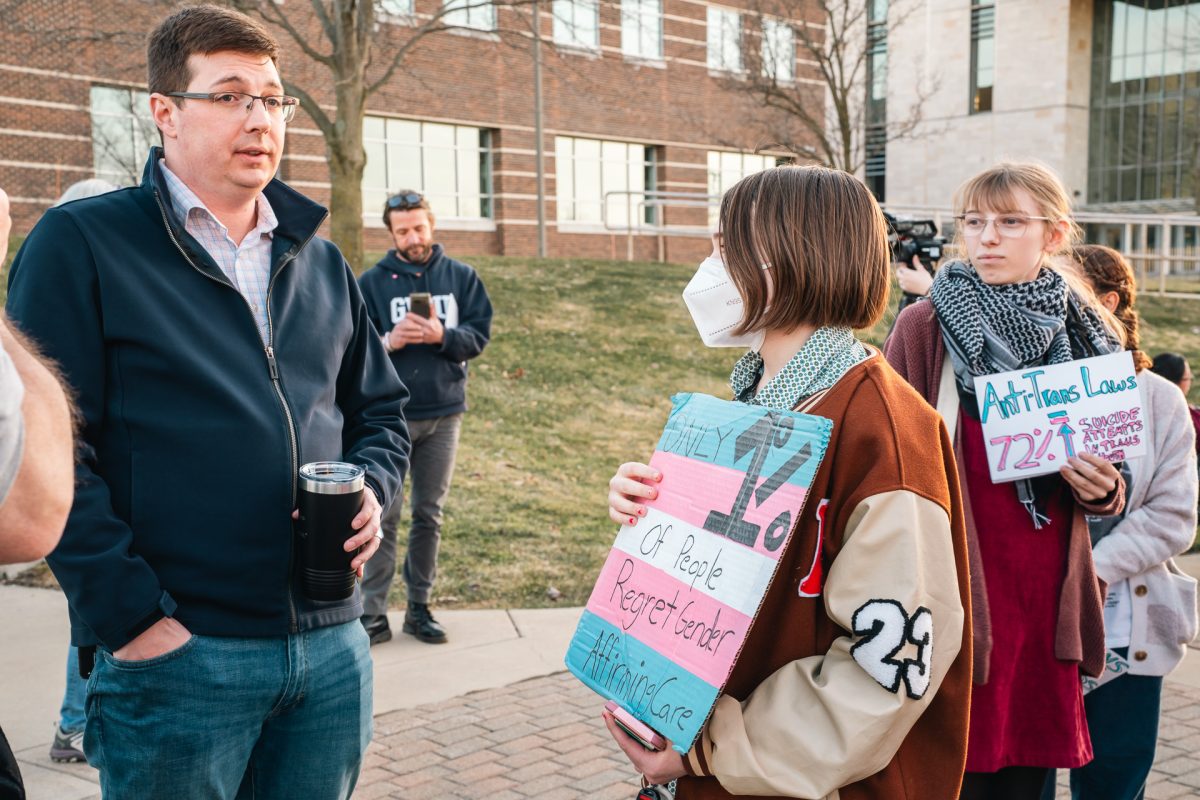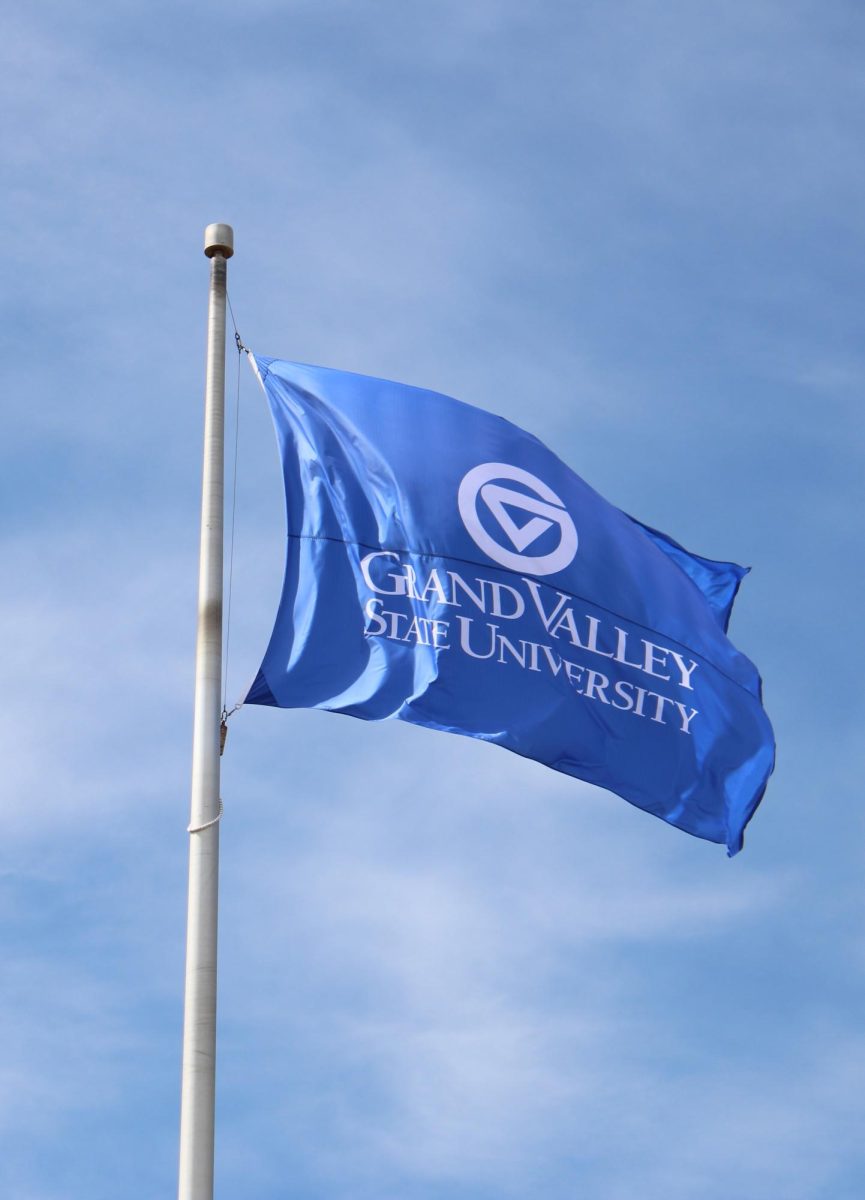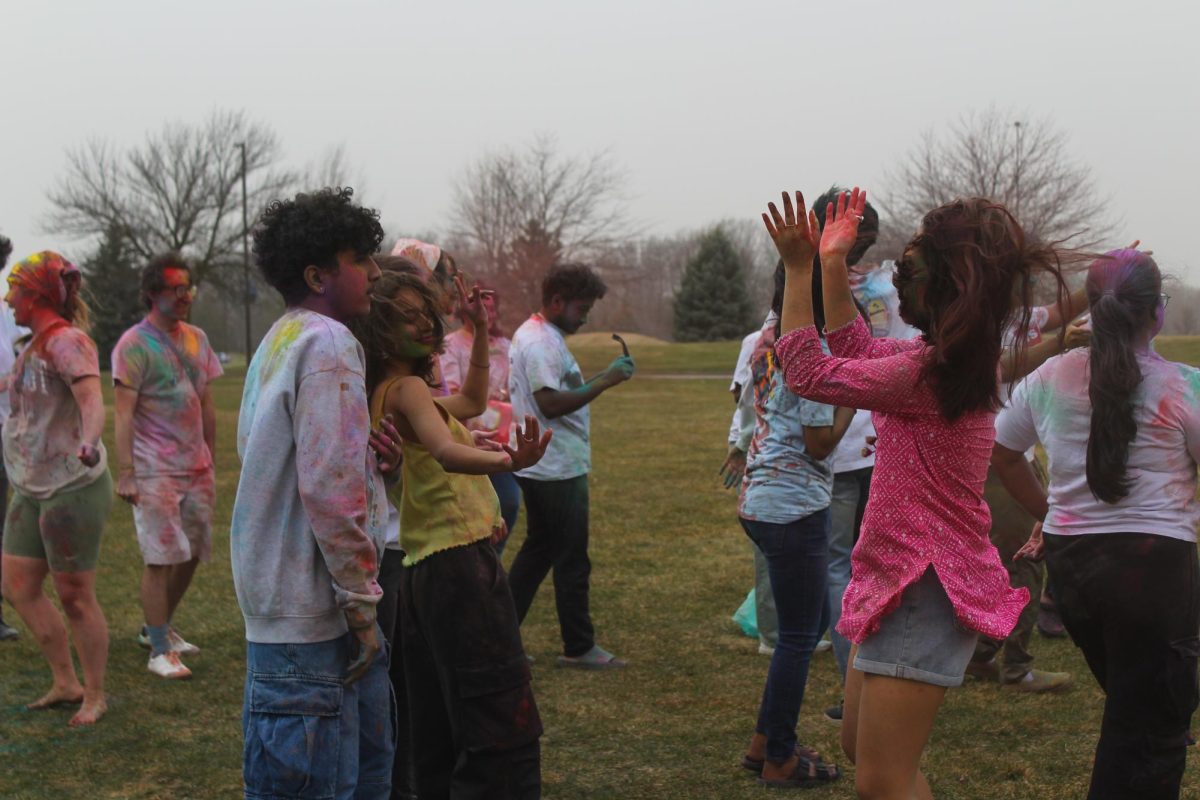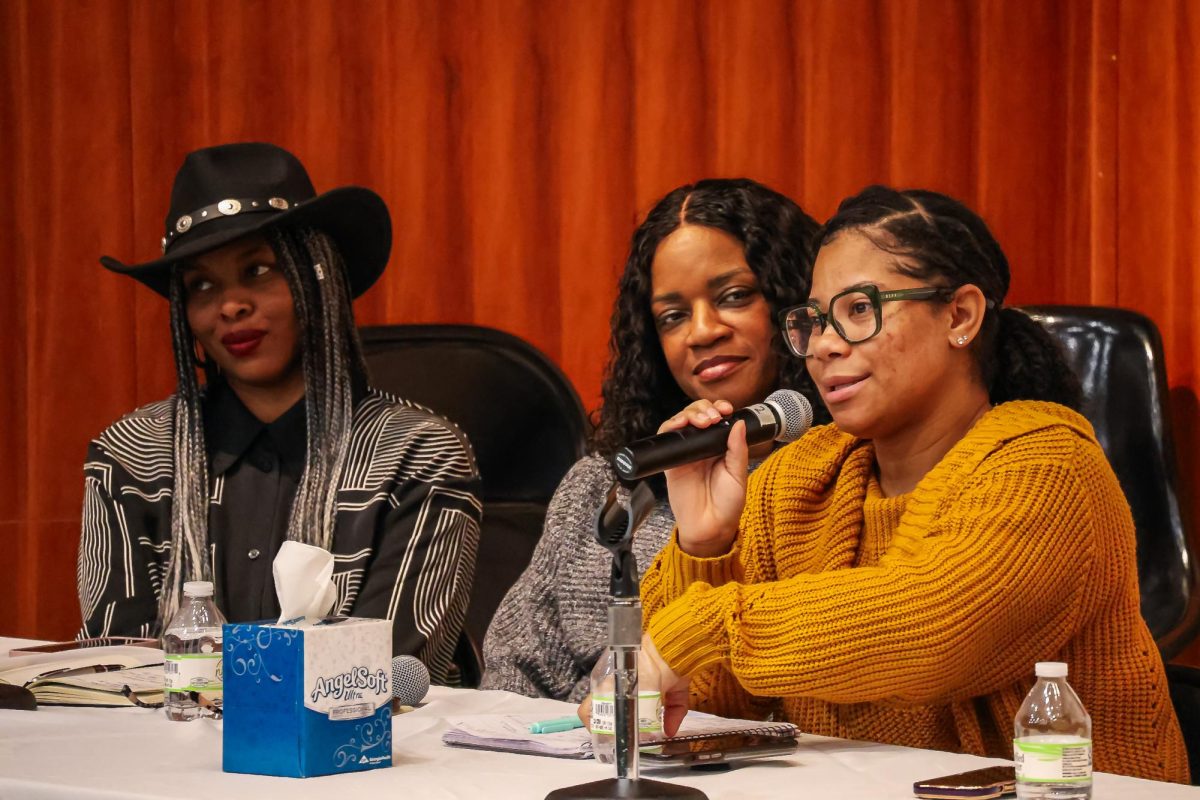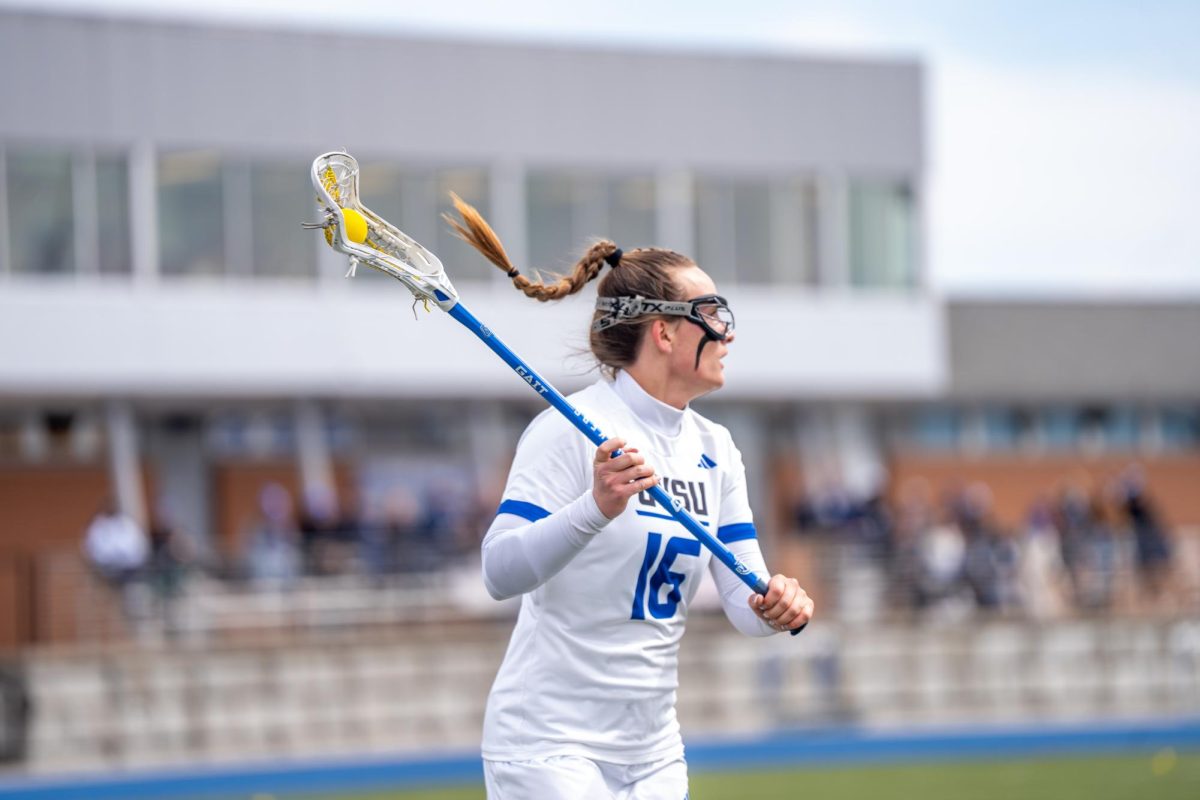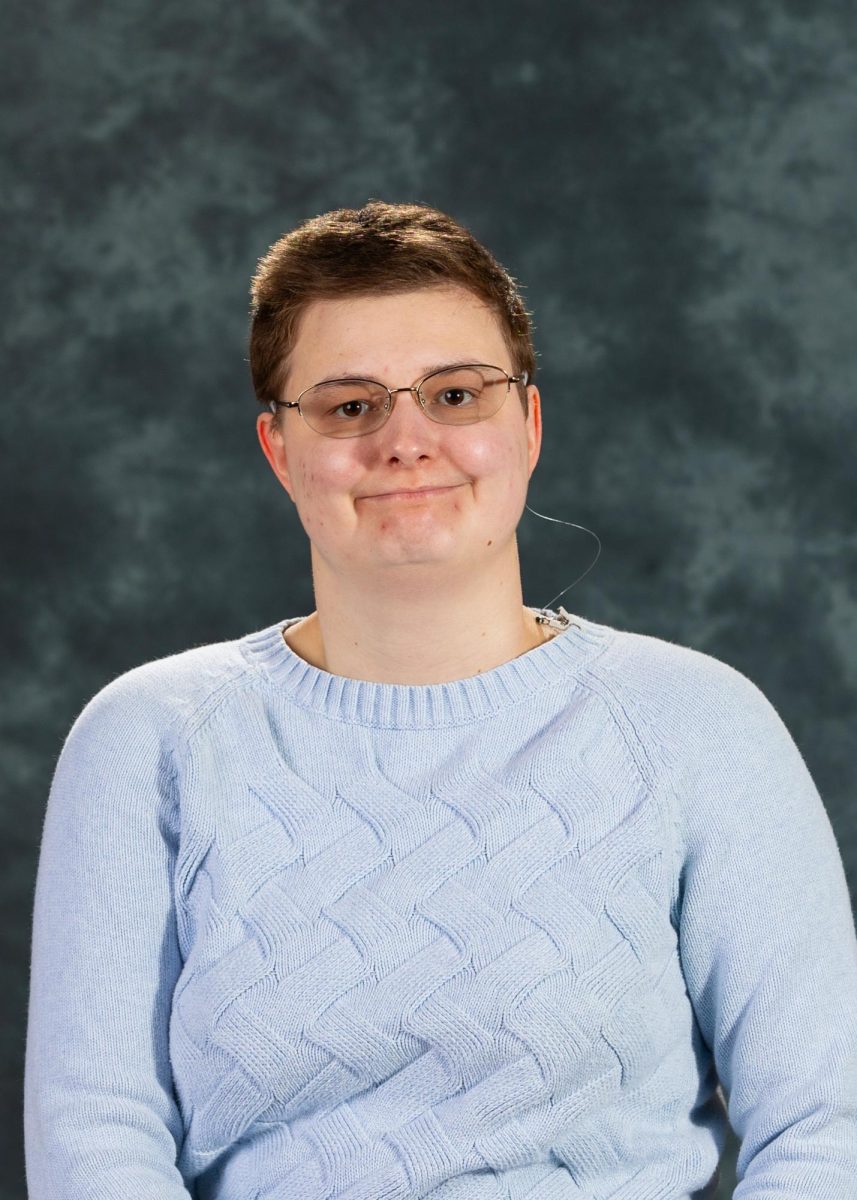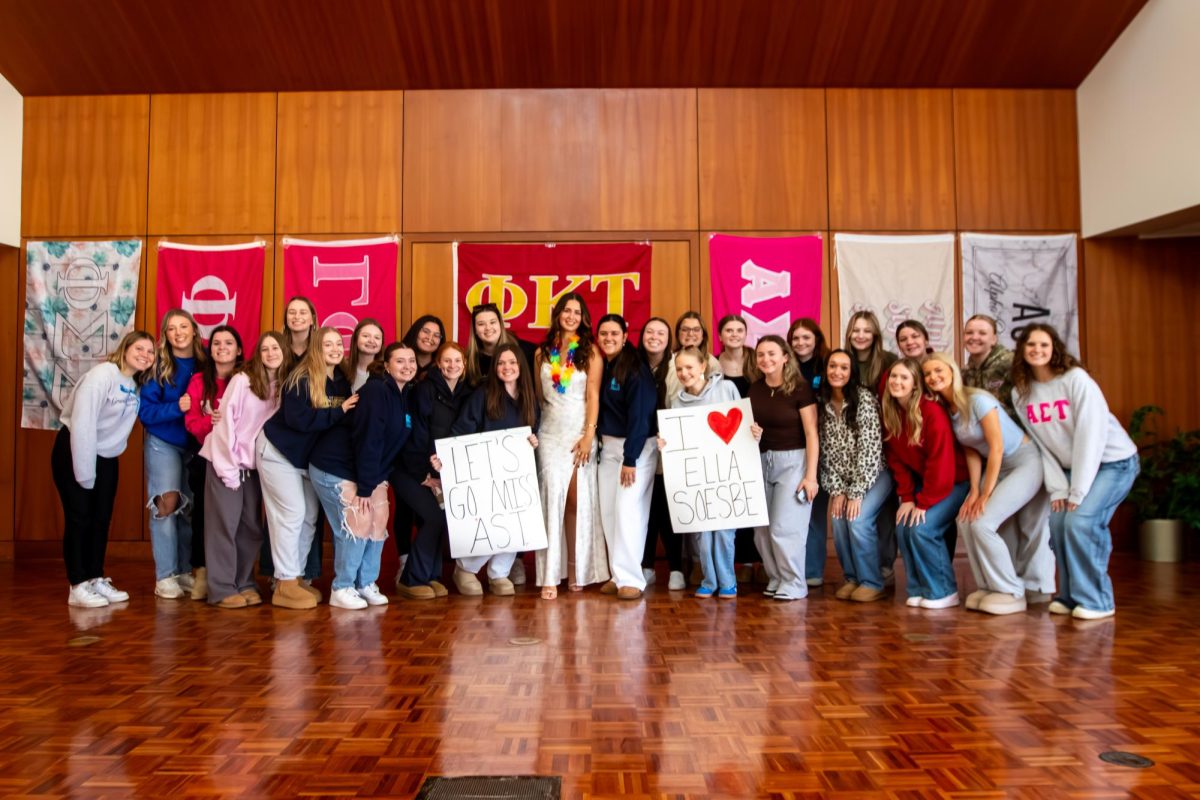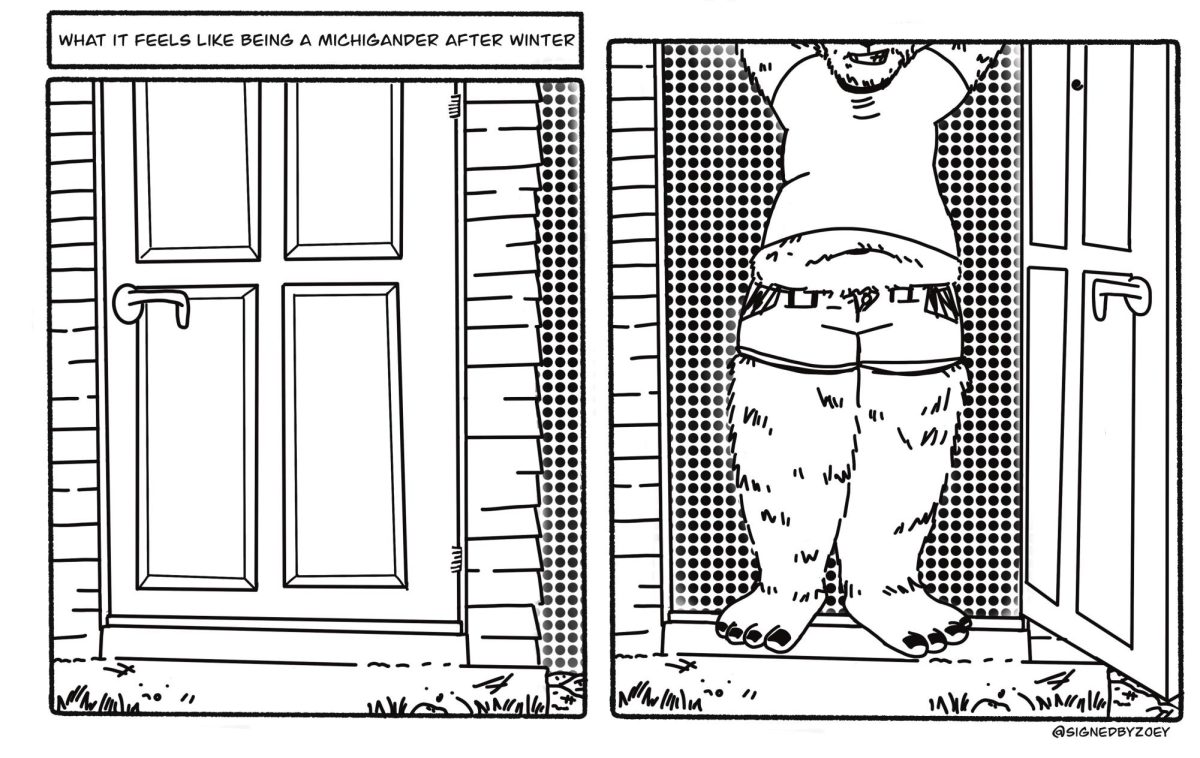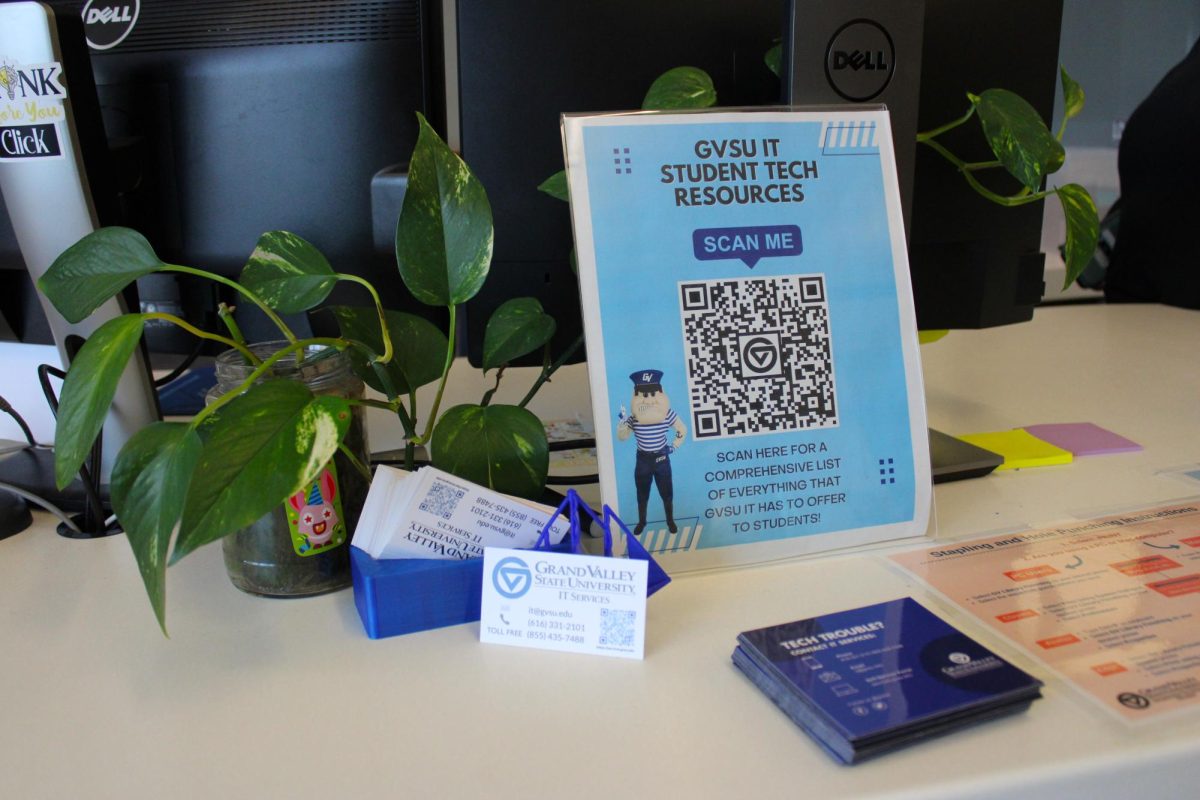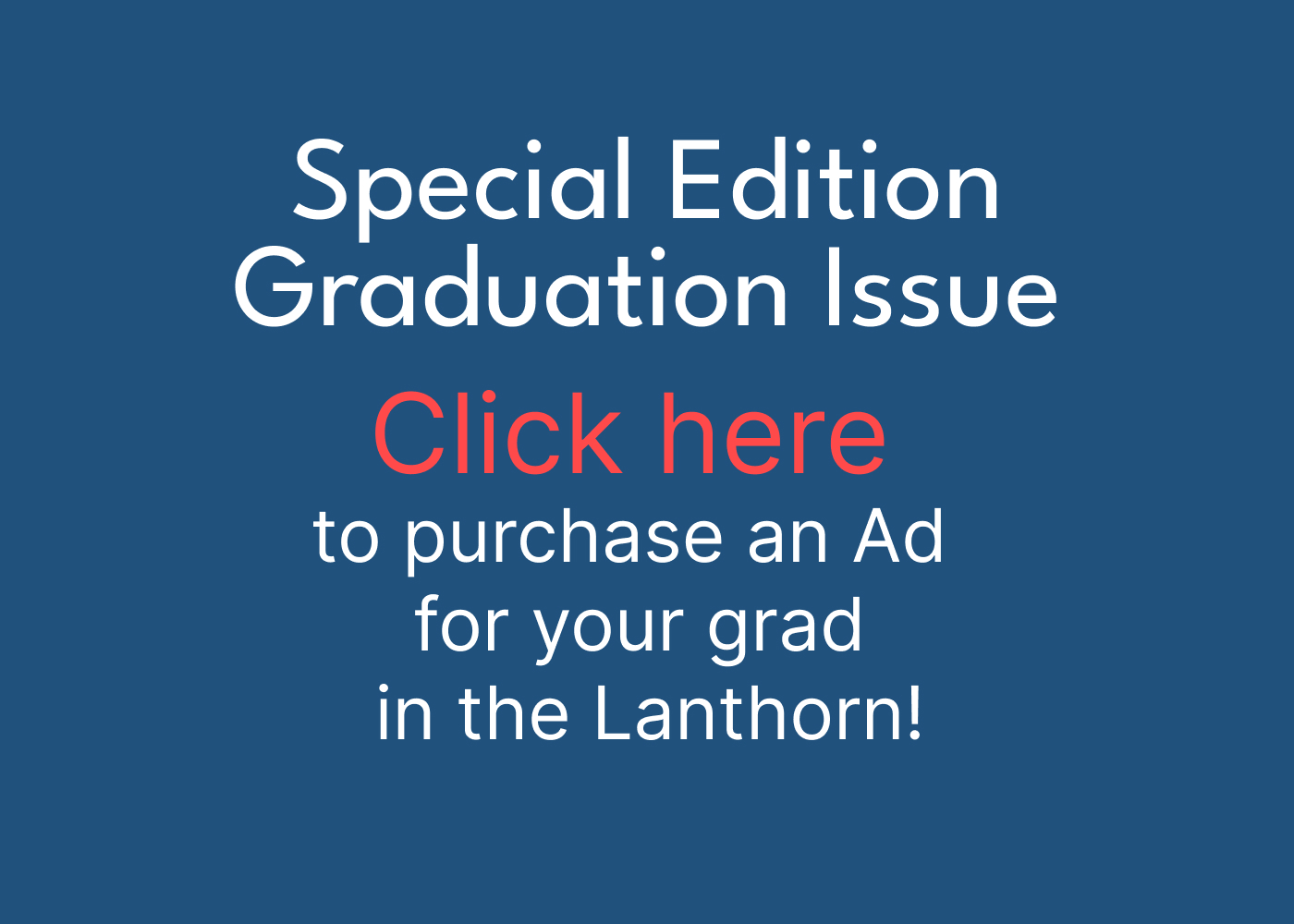Editorial: Who’s right in the debate around LIFT evaluations
Nov 29, 2021
Monday, Nov. 29 marks the penultimate week of classes at Grand Valley State University. Students and faculty are juggling final papers and exams, burnout and increasingly harsh weather.
In addition to the regular stresses that accompany the end of a typical semester, COVID-19 rages on and a new, potentially more dangerous variant— “Omicron” — is on the horizon.
With all of these external variables on the minds of students and faculty, an essential element to the success of the next semester is often left in the dust — Laker Impressions of Faculty Teaching (or, “LIFT”) evaluations.
These evaluations are offered to all GVSU students near the end of the semester to give them an opportunity to provide feedback on the course to their professors. The two most frequent suggestions for faculty in evaluations, among many universities, are for clearer communication in the classroom and clearer organization of the class.
But many professors have said that they feel the number of student responses are, generally, very low.
Some students may have the time or energy it takes to complete LIFT evaluations and simply don’t. Many students choose not to fill out the evaluations because they feel that their feedback is not put to good use.
However, LIFT evaluations— and faculty evaluations in general, across many universities— play an important role in many departmental and administrative decisions; faculty evaluations shape course content and career paths, determining things like whether or not a professor receives tenure, a raise or a promotion.
Providing a time and a space to fill out LIFT forms, as well as reminding students of their importance, are strategies that professors can employ to increase the number of students filling out evaluations. It’s also critical for professors to encourage students to think critically, and efficiently, about what they’re saying in their feedback.
But in spite of all that, ultimately, the impetus is on students; while they can be a distraction during finals week and a genuine challenge to complete thoughtfully, they’re as much of a responsibility as writing a paper or taking an exam.
Although, ironically, while some students believe that faculty evaluations aren’t influential enough, LIFT evaluations at GVSU might, in reality, actually be too influential.
Even a completed LIFT evaluation could fail to help professors improve their classes and their own teaching methods, and possibly hurt the professor’s chances at advancing their career. Many faculty evaluations are plagued by student bias; female professors, as well as professors in other marginalized groups, tend to be evaluated more harshly than their white, male counterparts.
Bias aside, some scholars think faculty evaluations are intrinsically flawed. Researchers have found student evaluations of faculty to be somewhat inaccurate— scores students give professors don’t always strongly correlate with other measures of teaching quality— and argue for evaluations to play a smaller role in administrative decisions.
Completing LIFT evaluations, and completing them well, is an opportunity for students at GVSU to prove they’re reflective enough and responsible enough to have their voices heard.





